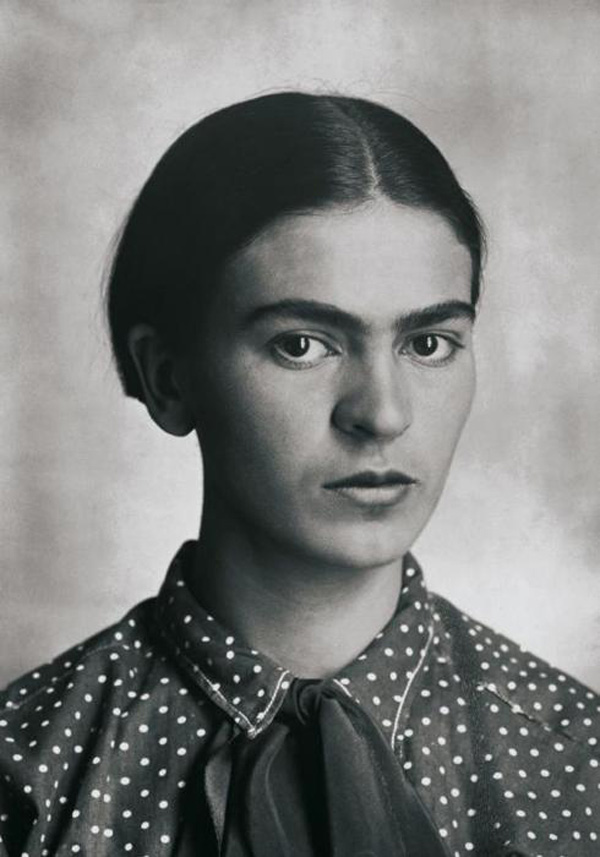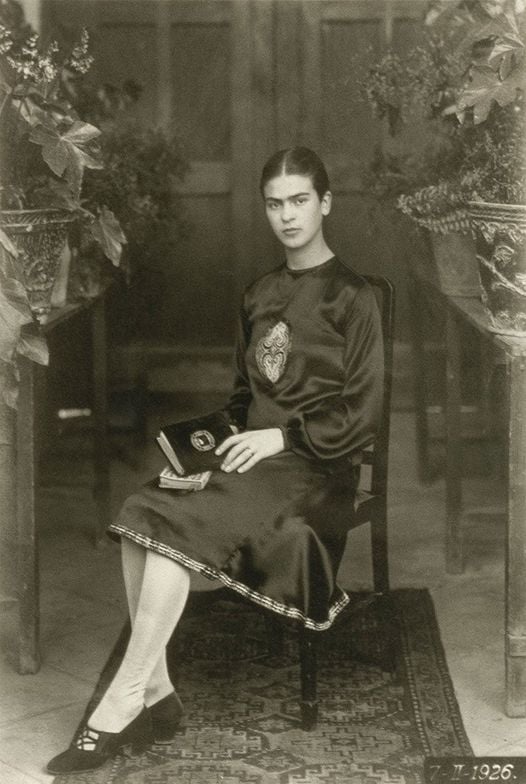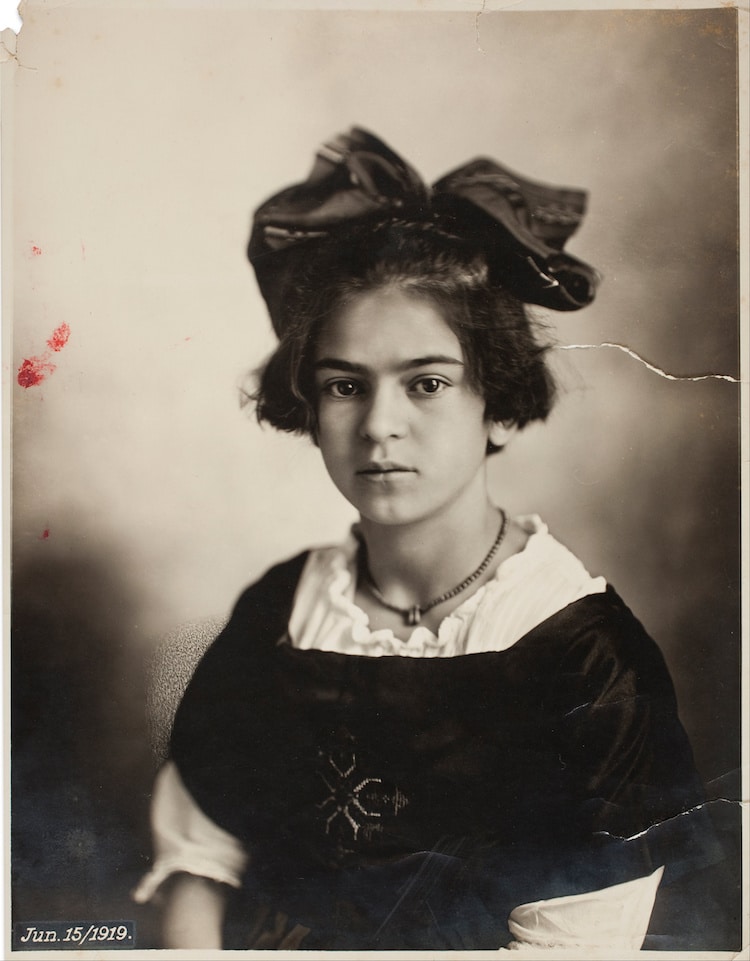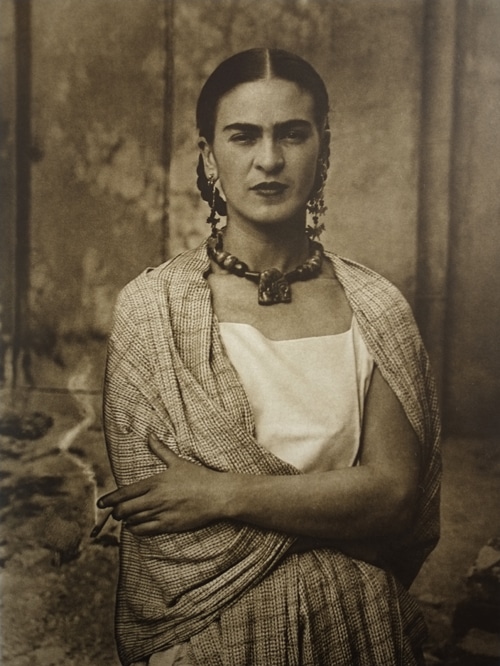Frida Kahlo photographed by her father, Guillermo Kahlo, in 1926.
(Photo:Wikimedia Commons, Public domain)This post may contain affiliate links.
If you make a purchase, My Modern Met may earn an affiliate commission.

Frida Kahlo photographed by her father, Guillermo Kahlo, in 1926. (Photo:Wikimedia Commons, Public domain)This post may contain affiliate links. If you make a purchase, My Modern Met may earn an affiliate commission. Please readour disclosurefor more info.
just readour disclosurefor more info.
Kahlo’s biography has sparked innumerable books and an Oscar-winning film.
Kahlo’s paintings themselves are deeply personal, replete with symbolism that narrates the story of her life.

Frida Kahlo at 18 years old, photographed by her father Guillermo Kahlo, 1926 (Photo:Wikimedia Commons, Public domain)
Discover 10 interesting facts about Mexican artist Frida Kahlo.
Much of Kahlo’s art explores her mixed heritage.
Her mother, Matilde Calderon Gonzalez was of Spanish and Indigenous descent.

Frida Kahlo at 11 years old, photographed by her father, Guillermo Kahlo, 1919 (Photo:Wikimedia Commons, Public domain)
She loved self-portraits.
She lied about her age but for a good reason.
At age 6, Kahlo contracted polio.

Kahlo standing next to agave plant forVoguephotoshoot. 1937. (Photo: Toni Frissel via theLibrary of Congress)
The near-fatal injuries kept Kahlo hospitalized for months.
It was during this time that Kahlos father created a special easel that allowed her to paint in bed.
She was a teacher.

Frida Kahlo photographed by her father, Guillermo Kahlo, 1932 (Photo:Wikimedia Commons, Public domain)
They even created a couple of murals with Kahlo.
Kahlo standing next to agave plant forVoguephotoshoot.
(Photo: Toni Frissel via theLibrary of Congress)
She appeared inVogue.
In the October 1937 issue of AmericanVogue, Kahlo was featured in an article calledSenoras of Mexico.
In reality, the artist wouldnt make it onto the cover ofVogueuntil well after her death.
She was placed in jail for murder.
Kahlo and her husband Diego Rivera were both political activists and longtime members of the Mexican Communist Party.
In 1937 they petitioned the Mexican government to grant asylum to former Soviet Union leader Leon Trotsky.
The affair was thought to have been revenge on Kahlos part for Riveras affair with her younger sister Cristina.
After a political falling out with Rivera, Trotsky moved from La Casa Azul.
Though she knew the man who committed the murder, she was eventually cleared and released after two days.
She arrived at her solo exhibition in an ambulance.
She was mainly bound to La Casa Azul and used a wheelchair and crutches to move around.
Even so, appreciation for her work continued to grow and she continued to paint.
In April 1953, her first solo exhibition in Mexico at the Galeria Arte Contemporaneo opened.
At the time, Kahlo was on bed rest under the doctors orders and not expected to attend.
She was brought in on a stretcher to the bed, where she was able to enjoy the opening.
The cause of death was declared a pulmonary embolism, however no autopsy was made.
But thats not the only record Frida broke.